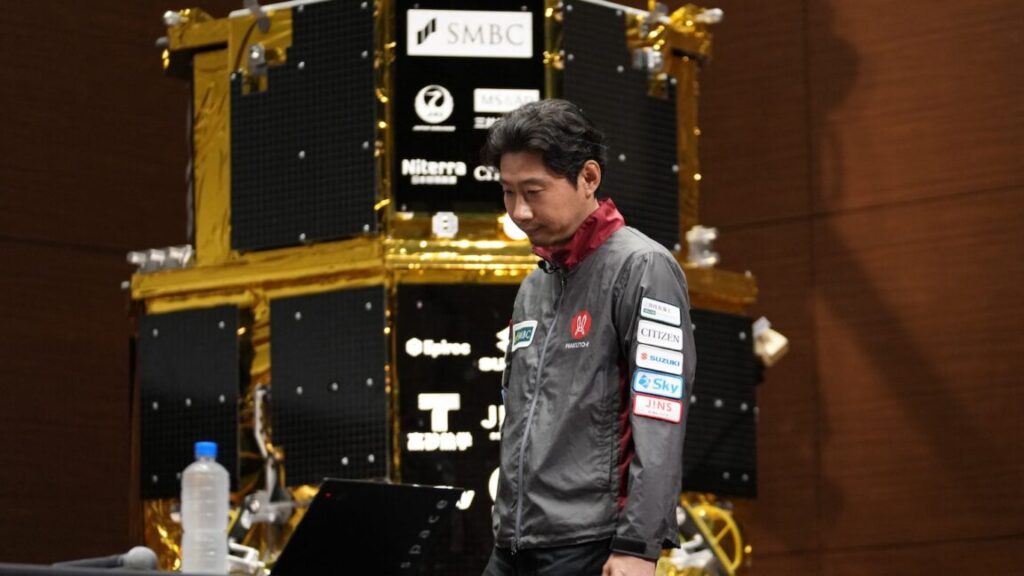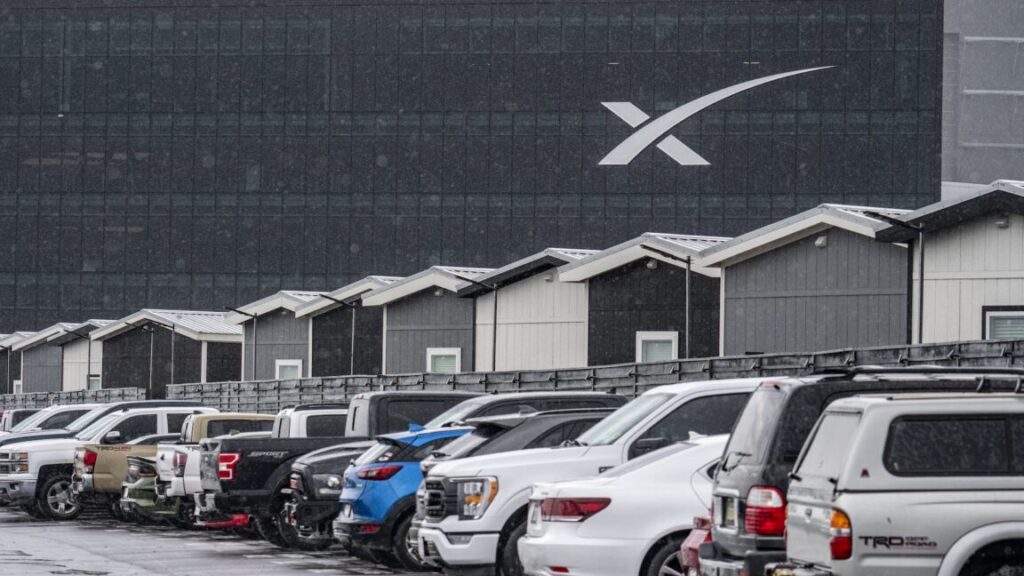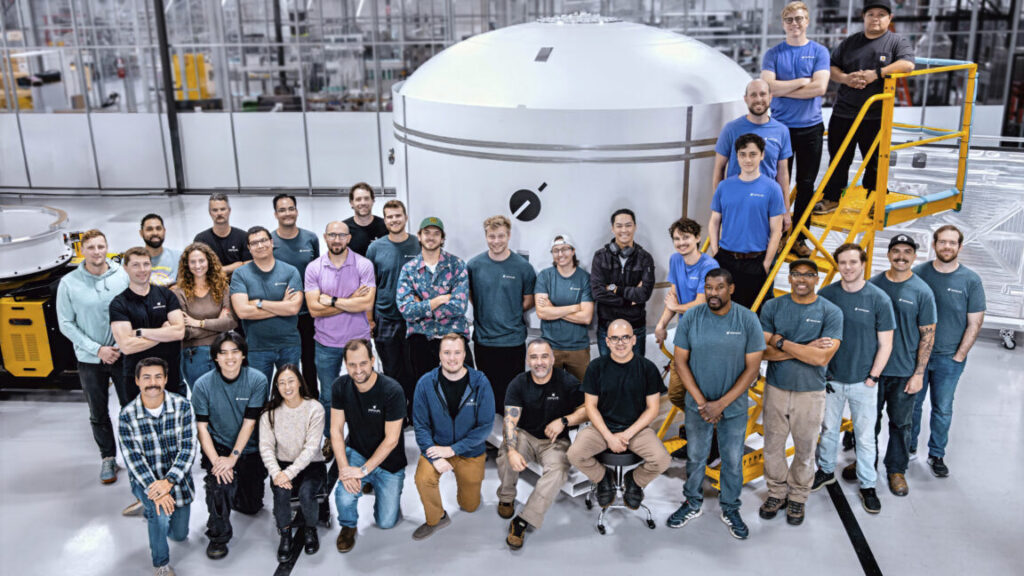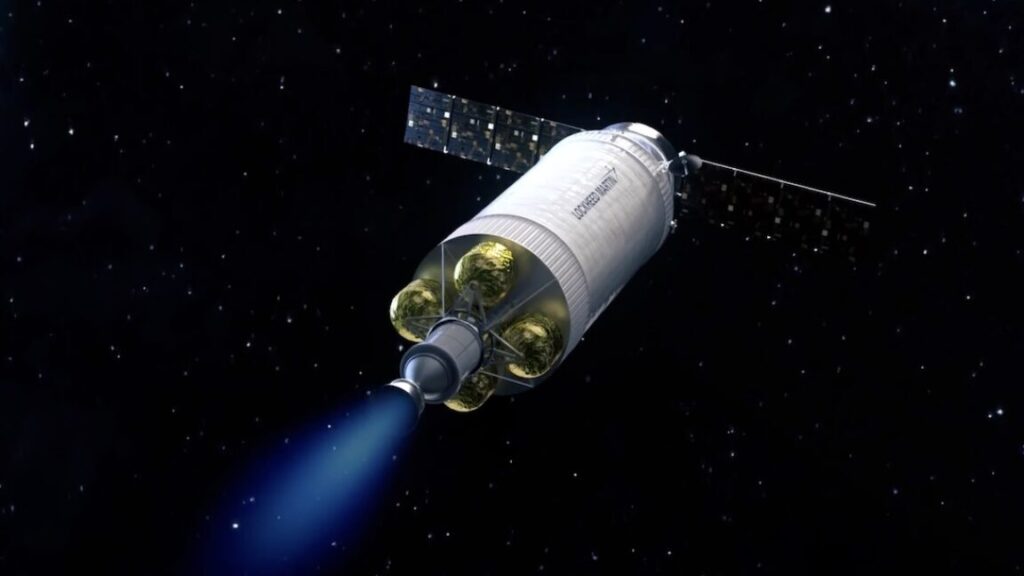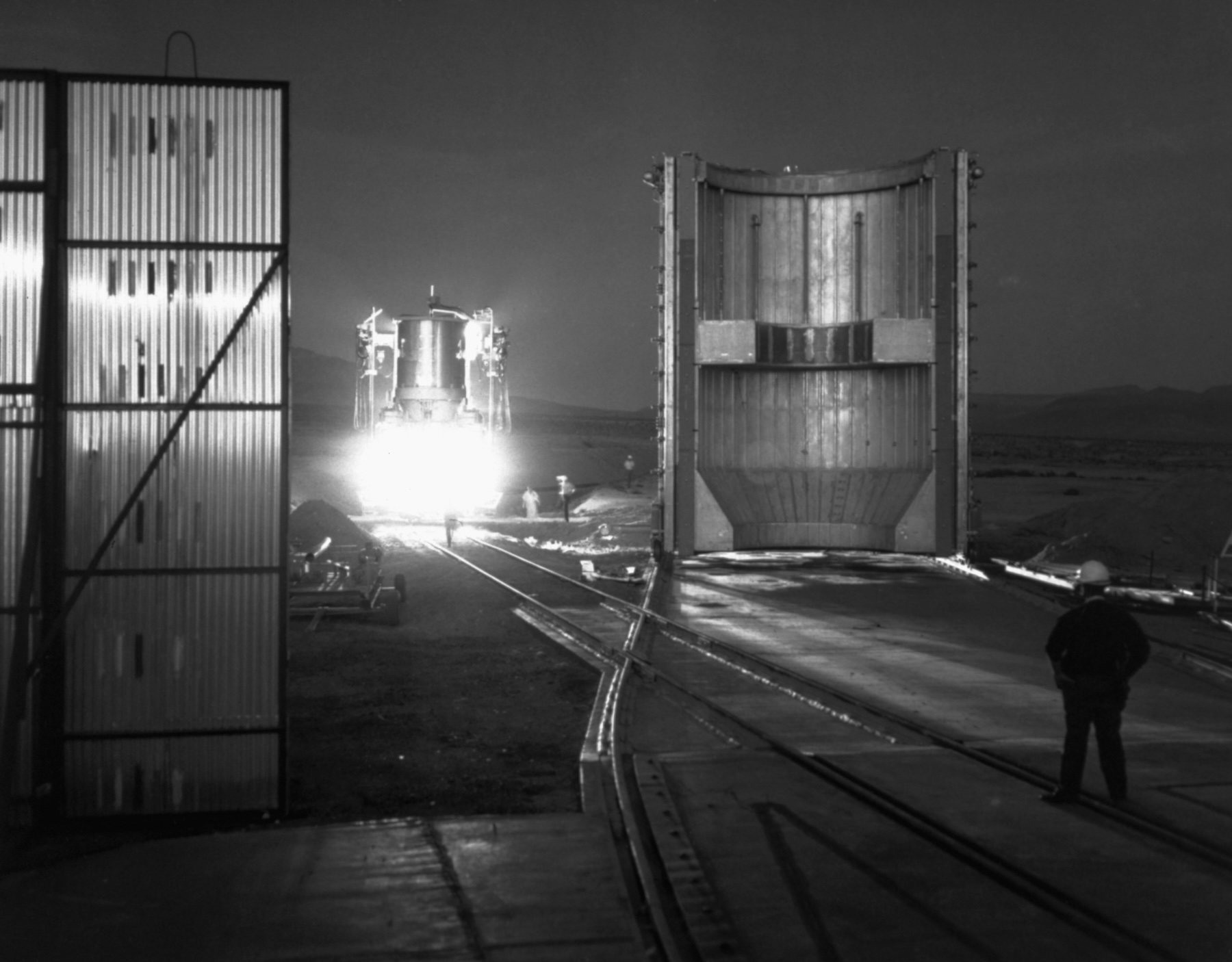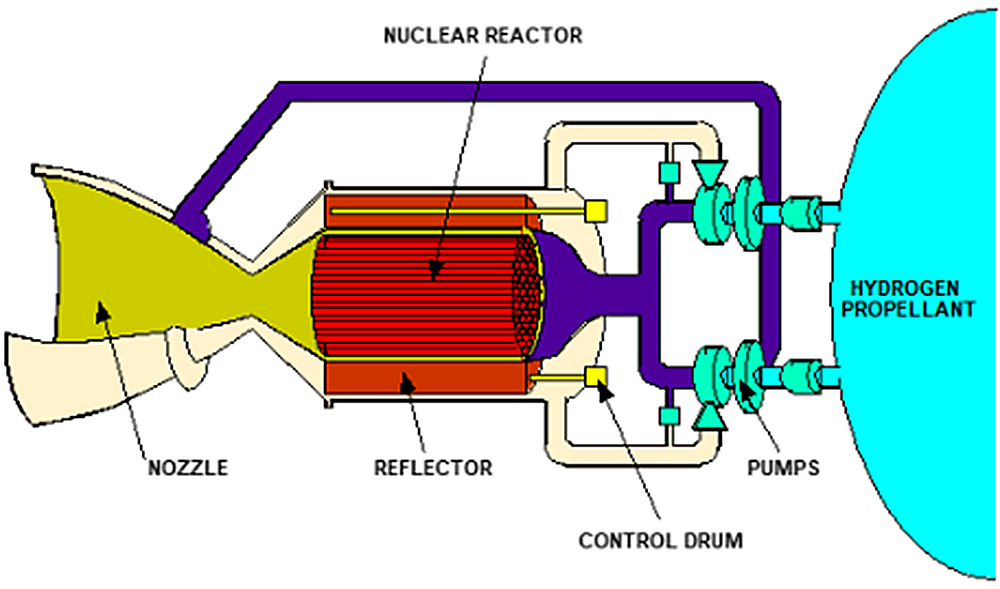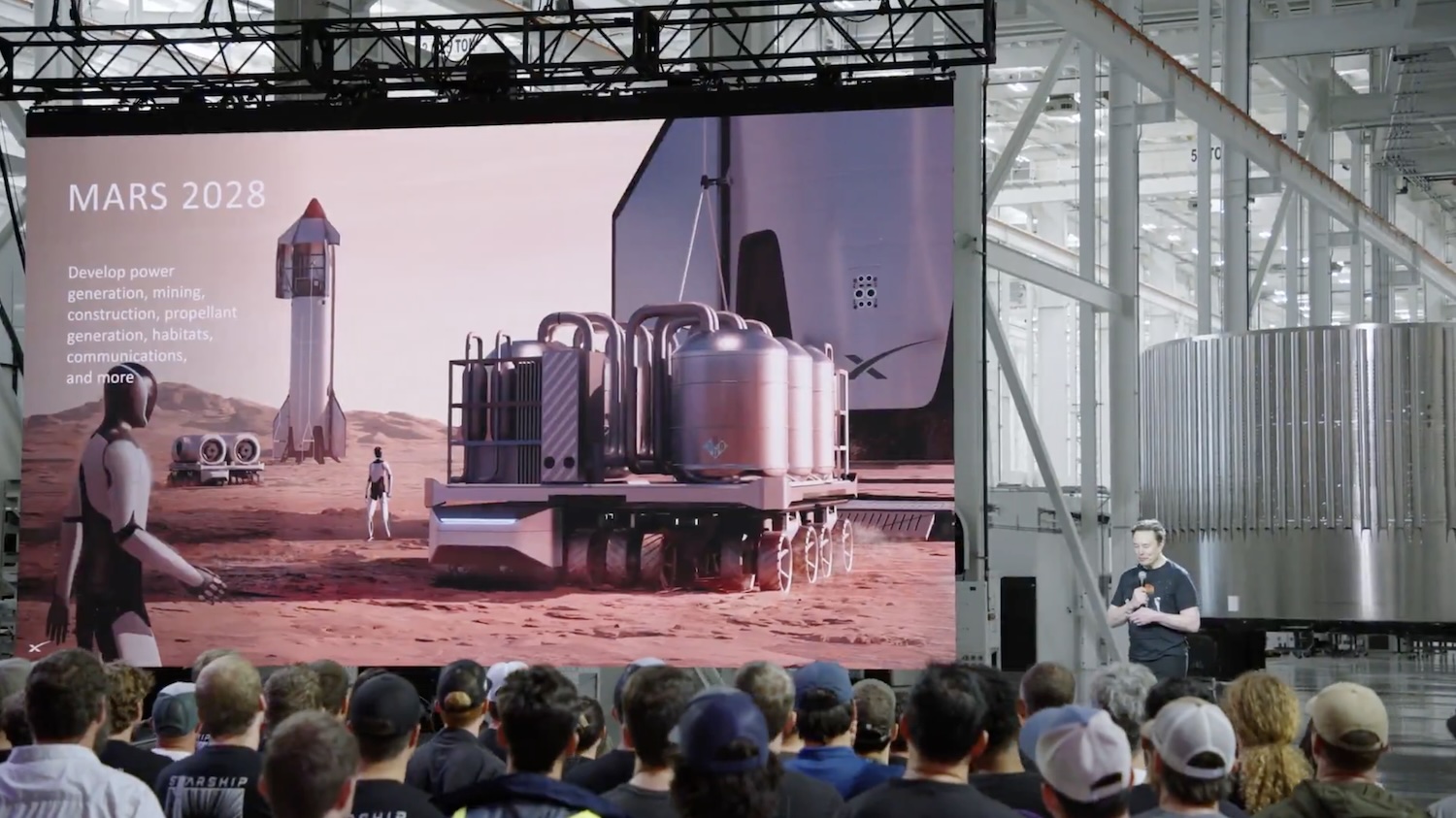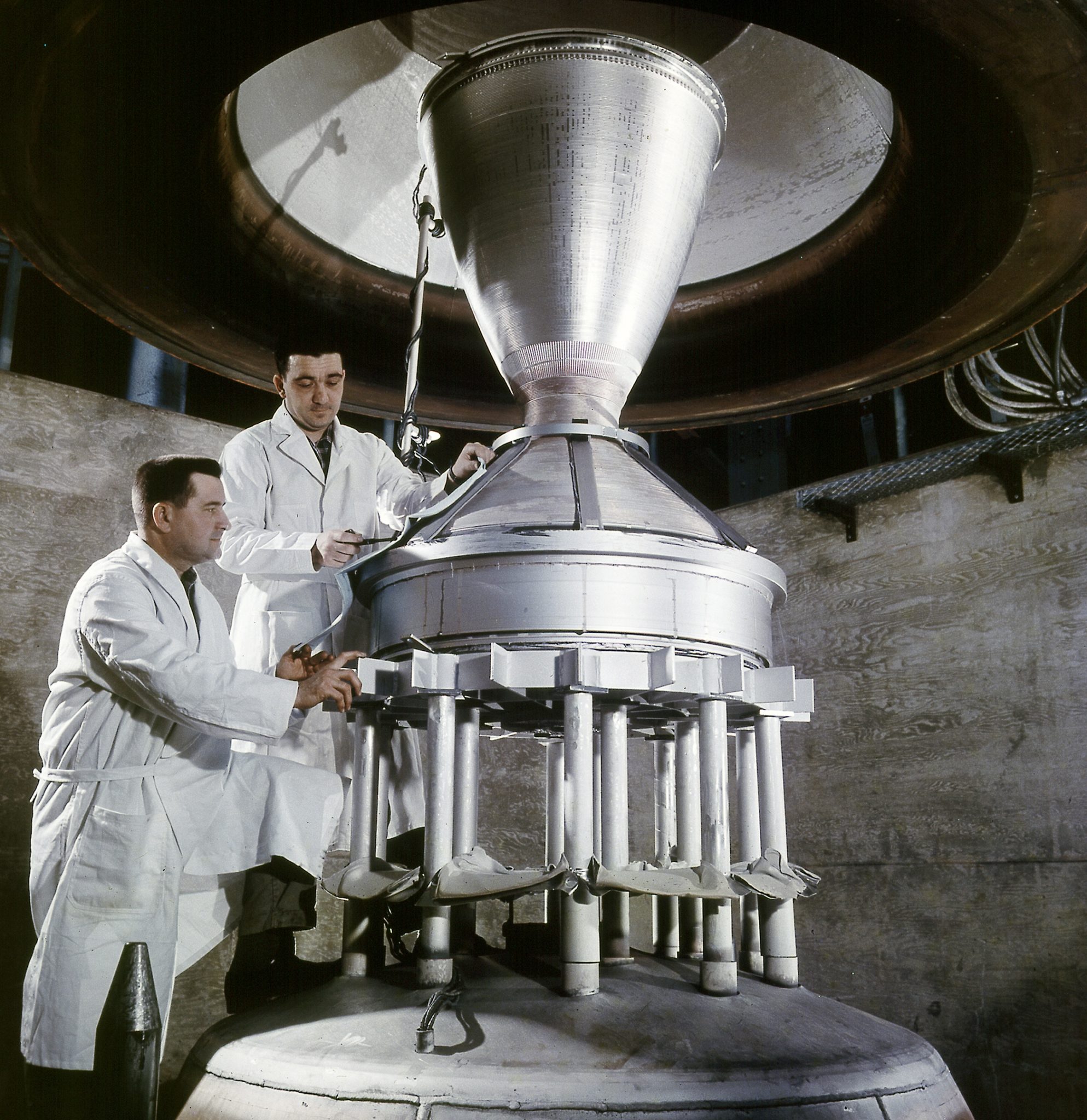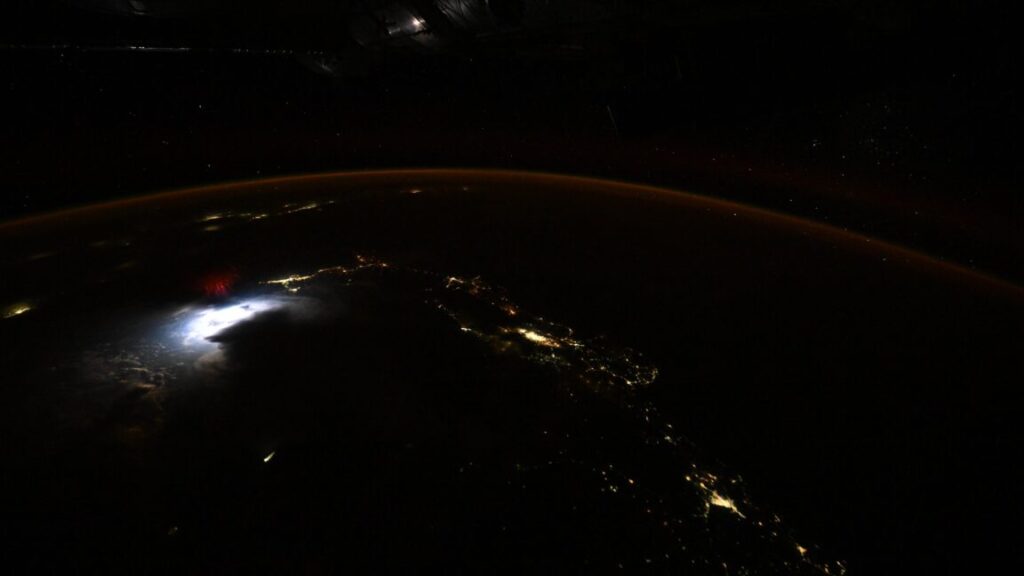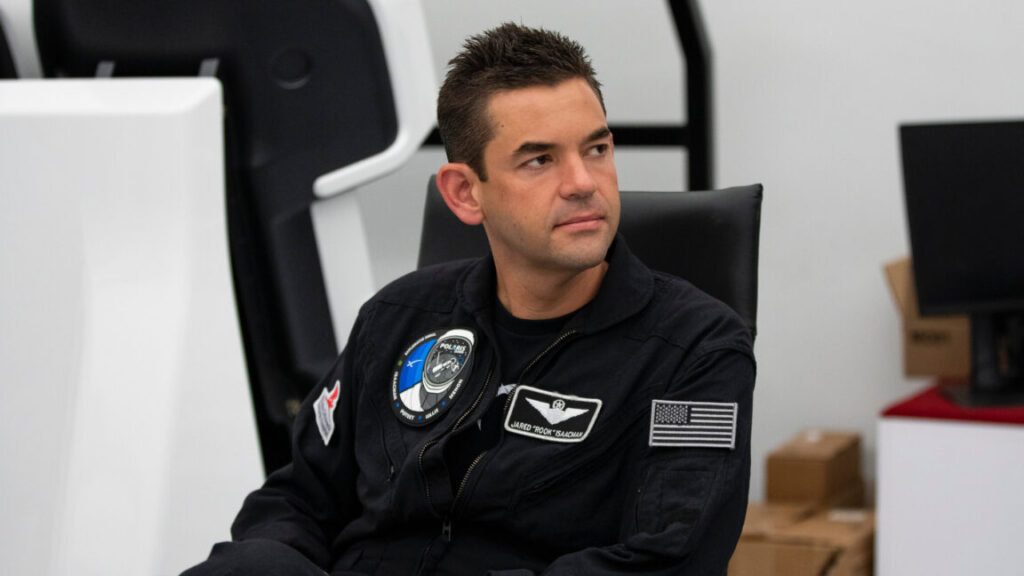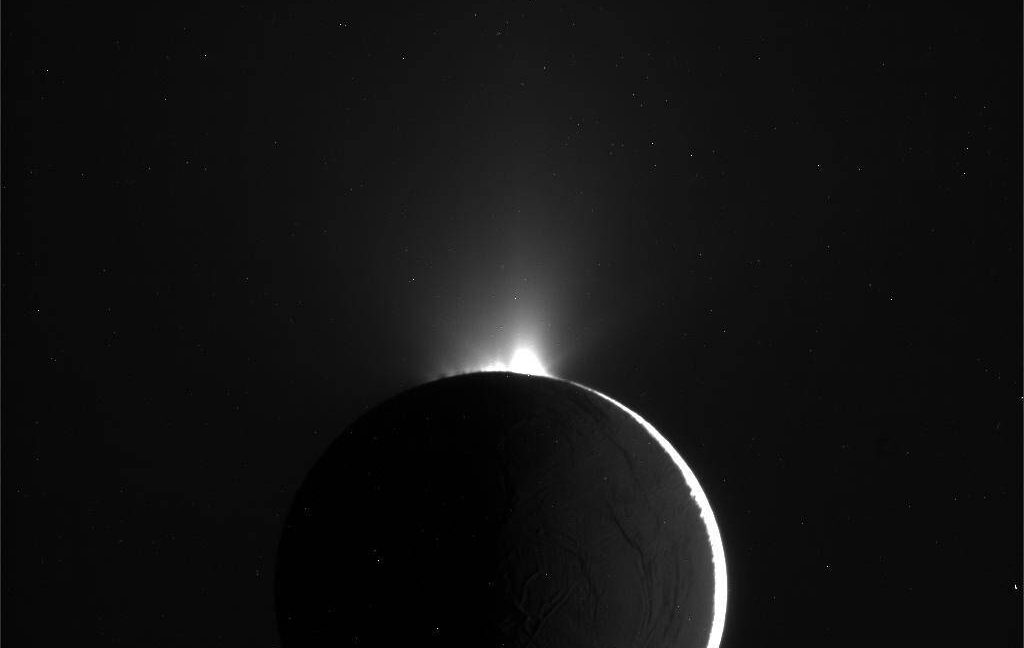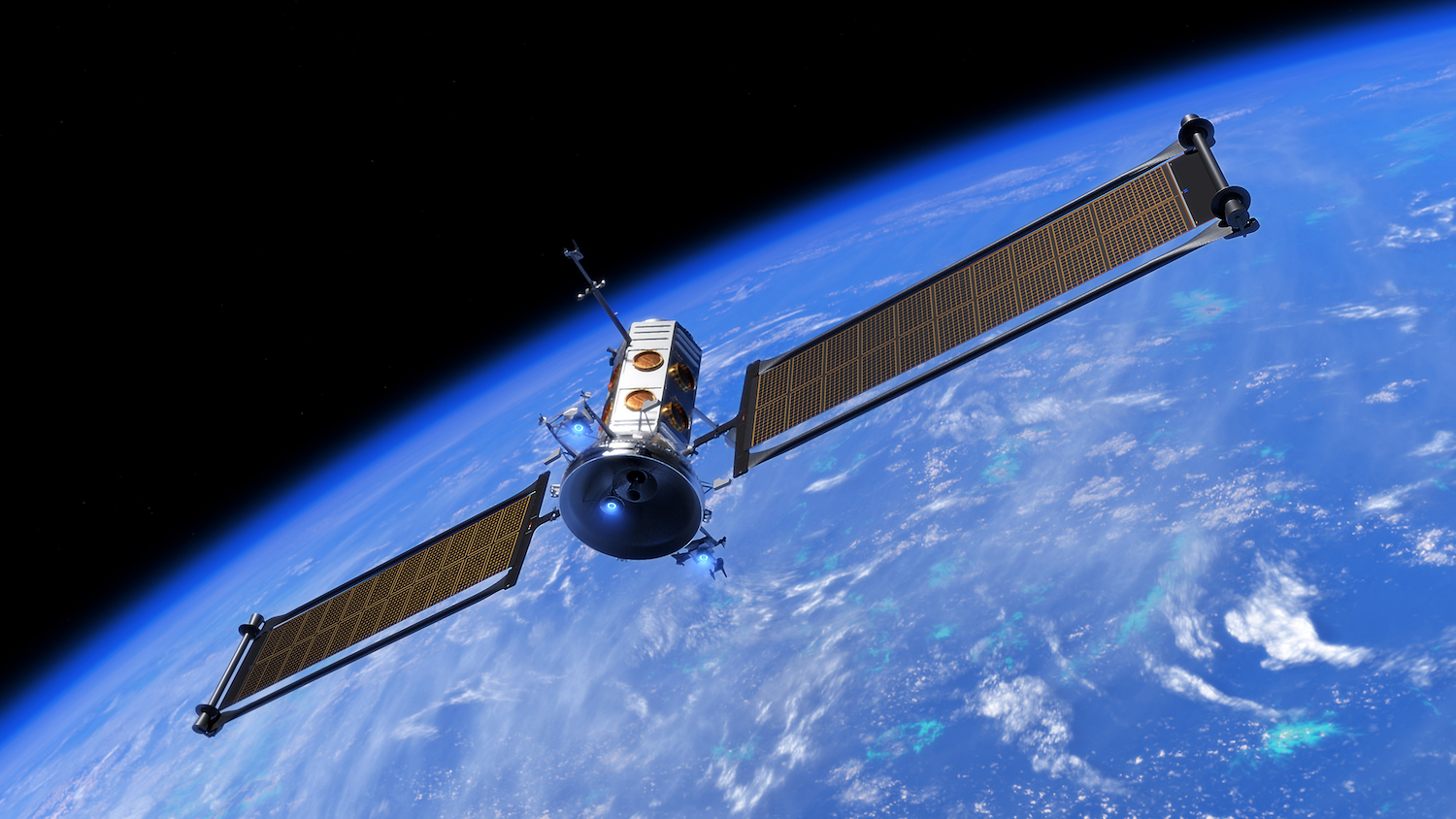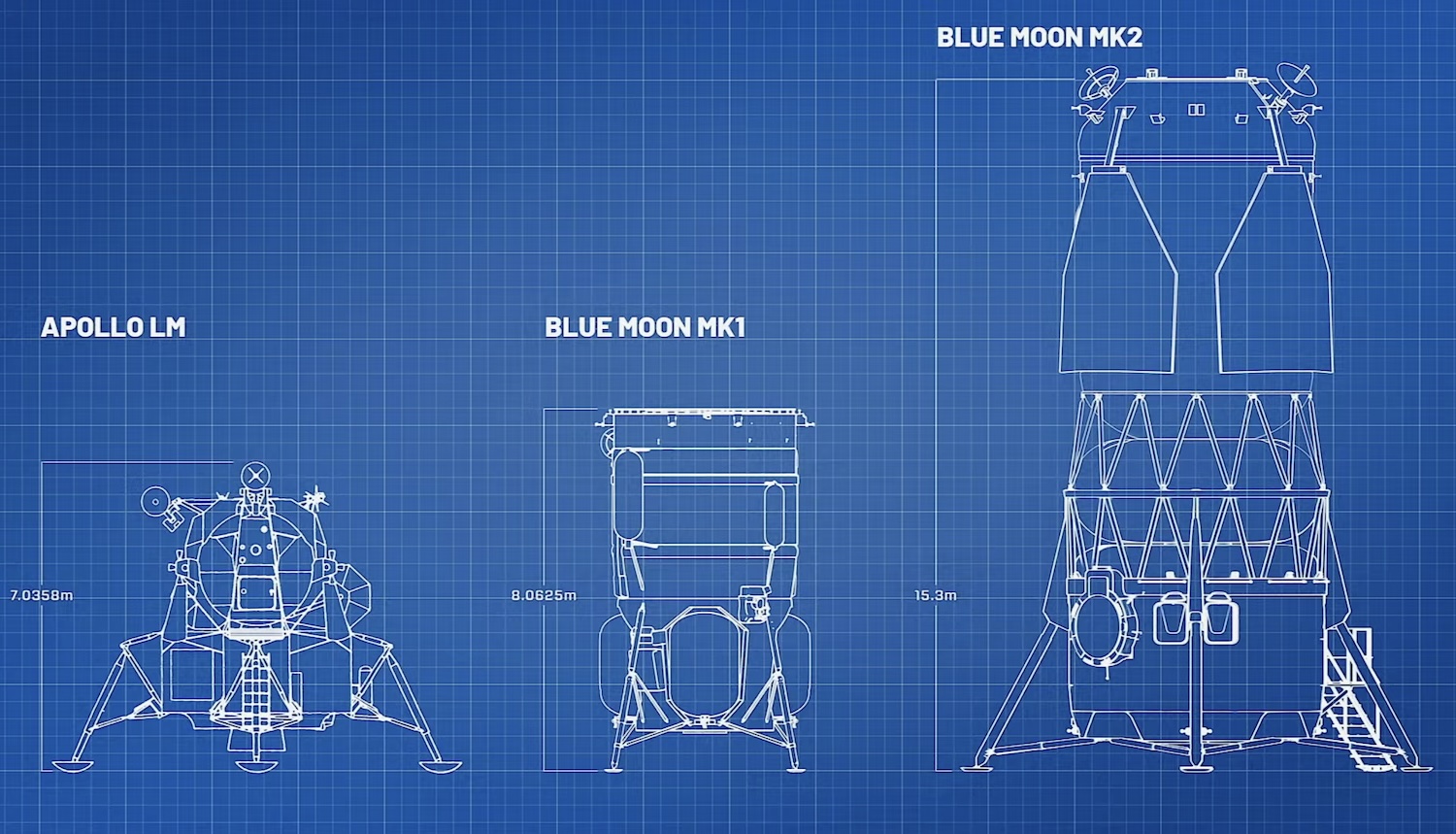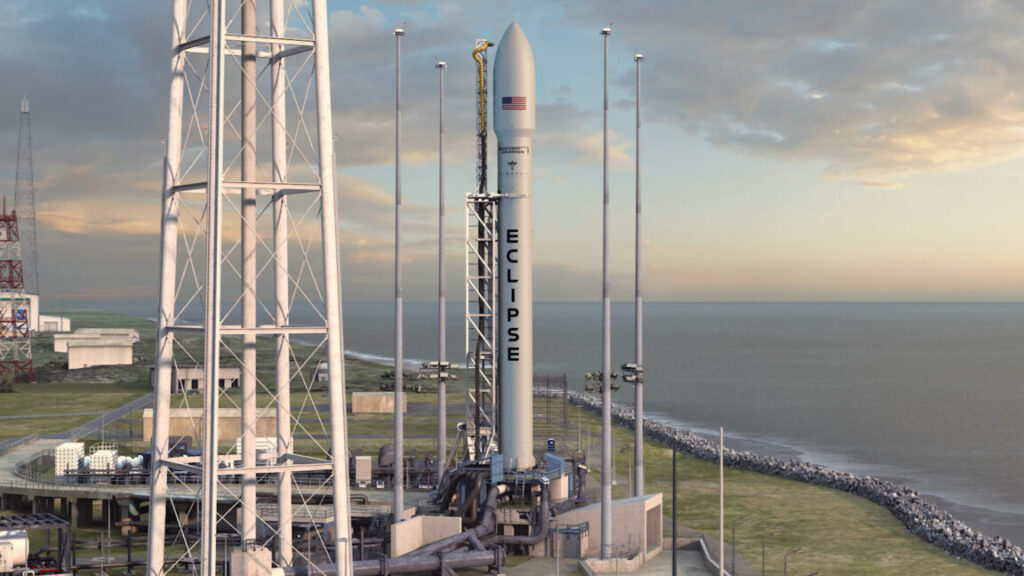A Japanese lander crashed on the Moon after losing track of its location
“It’s not impossible, so how do we overcome our hurdles?”
Takeshi Hakamada, founder and CEO of ispace, attends a press conference in Tokyo on June 6, 2025, to announce the outcome of his company’s second lunar landing attempt. Credit: Kazuhiro Nogi/AFP via Getty Images
A robotic lander developed by a Japanese company named ispace plummeted to the Moon’s surface Thursday, destroying a small rover and several experiments intended to demonstrate how future missions could mine and harvest lunar resources.
Ground teams at ispace’s mission control center in Tokyo lost contact with the Resilience lunar lander moments before it was supposed to touch down in a region called Mare Frigoris, or the Sea of Cold, a basaltic plain in the Moon’s northern hemisphere.
A few hours later, ispace officials confirmed what many observers suspected. The mission was lost. It’s the second time ispace has failed to land on the Moon in as many tries.
“We wanted to make Mission 2 a success, but unfortunately we haven’t been able to land,” said Takeshi Hakamada, the company’s founder and CEO.
Ryo Ujiie, ispace’s chief technology officer, said the final data received from the Resilience lander—assuming it was correct—showed it at an altitude of approximately 630 feet (192 meters) and descending too fast for a safe landing. “The deceleration was not enough. That was a fact,” Ujiie told reporters in a press conference. “We failed to land, and we have to analyze the reasons.”
The company said in a press release that a laser rangefinder used to measure the lander’s altitude “experienced delays in obtaining valid measurement values.” The downward-facing laser fires light pulses toward the Moon during descent, and clocks the time it takes to receive a reflection. This time delay at light speed tells the lander’s guidance system how far it is above the lunar surface. But something went wrong in the altitude measurement system on Thursday.
“As a result, the lander was unable to decelerate sufficiently to reach the required speed for the planned lunar landing,” ispace said. “Based on these circumstances, it is currently assumed that the lander likely performed a hard landing on the lunar surface.”
Controllers sent a command to reboot the lander in hopes of reestablishing communication, but the Resilience spacecraft remained silent.
“Given that there is currently no prospect of a successful lunar landing, our top priority is to swiftly analyze the telemetry data we have obtained thus far and work diligently to identify the cause,” Hakamada said in a statement. “We will strive to restore trust by providing a report of the findings to our shareholders, payload customers, Hakuto-R partners, government officials, and all supporters of ispace.”
Overcoming obstacles
The Hakuto name harkens back to ispace’s origin in 2010 as a contender for the Google Lunar X-Prize, a sweepstakes that offered a $20 million grand prize to the first privately funded team to put a lander on the Moon. Hakamada’s group was called Hakuto, which means “white rabbit” in Japanese. The prize shut down in 2018 without a winner, leading some of the teams to dissolve or find new purpose. Hakamada stayed the course, raised more funding, and rebooted the program under the name Hakuto-R.
It’s a story of resilience, hence the name of ispace’s second lunar lander. The mission made it closer to the Moon than the ispace’s first landing attempt in 2023, but Thursday’s failure is a blow to Hakamada’s project.
“As a fact, we tried twice and we haven’t been able to land on the Moon,” Hakamada said through an interpreter. “So we have to say it’s hard to land on the Moon, technically. We know it’s not easy. It’s not something that everyone can do. We know it’s hard, but the important point is it’s not impossible. The US private companies have succeeded in landing, and also JAXA in Japan has succeeded in landing, so it’s not impossible. So how do we overcome our hurdles?”
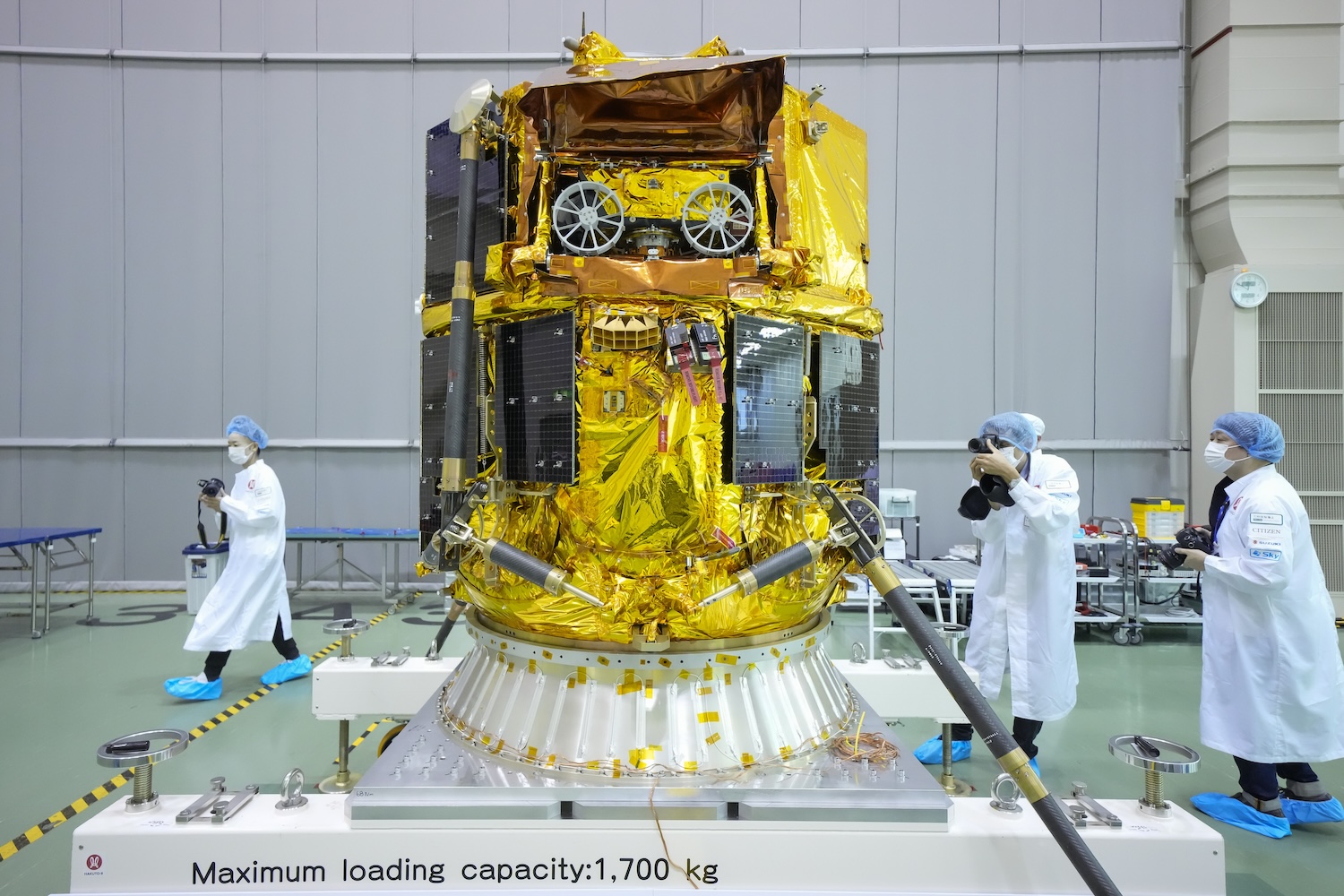
The Resilience lander and Tenacious rover, seen mounted near the top of the spacecraft, inside a test facility at the Tsukuba Space Center in Tsukuba, Ibaraki Prefecture, on Thursday, Sept. 12, 2024. Credit: Toru Hanai/Bloomberg via Getty Images
In April 2023, ispace’s first lander crashed on the Moon due to a similar altitude measurement problem. The spacecraft thought it was on the surface of the Moon, but was actually firing its engine to hover at an altitude of 3 miles (5 kilometers). The spacecraft ran out of fuel and went into a free fall before impacting the Moon.
Engineers blamed software as the most likely reason for the altitude-measurement problem. During descent, ispace’s lander passed over a 10,000-foot-tall (3,000-meter) cliff, and the spacecraft’s computer interpreted the sudden altitude change as erroneous.
Ujiie, who leads ispace’s technical teams, said the failure mode Thursday was “similar” to that of the first mission two years ago. But at least in ispace’s preliminary data reviews, engineers saw different behavior from the Resilience lander, which flew with a new type of laser rangefinder after ispace’s previous supplier stopped producing the device.
“From Mission 1 to Mission 2, we improved the software,” Ujiie said. “Also, we improved how to approach the landing site… We see different phenomena from Mission 1, so we have to do more analysis to give you any concrete answers.”
If ispace landed smoothly on Thursday, the Resilience spacecraft would have deployed a small rover developed by ispace’s European subsidiary. The rover was partially funded by the Luxembourg Space Agency with support from the European Space Agency. It carried a shovel to scoop up a small amount of lunar soil and a camera to take a photo of the sample. NASA had a contract with ispace to purchase the lunar soil in a symbolic proof of concept to show how the government might acquire material from commercial mining companies in the future.
The lander also carried a water electrolyzer experiment to demonstrate technologies that could split water molecules into hydrogen and oxygen, critical resources for a future Moon base. Other payloads aboard the Resilience spacecraft included cameras, a food production experiment, a radiation monitor, and a Swedish art project called “MoonHouse.”
The spacecraft chassis used for ispace’s first two landing attempts was about the size of a compact car, with a mass of about 1 metric ton (2,200 pounds) when fully fueled. The company’s third landing attempt is scheduled for 2027 with a larger lander. Next time, ispace will fly to the Moon in partnership between the company’s US subsidiary and Draper Laboratory, which has a contract with NASA to deliver experiments to the lunar surface.
Track record
The Resilience lander launched in January on top of a SpaceX Falcon 9 rocket, riding to space in tandem with a commercial Moon lander named Blue Ghost from Firefly Aerospace. Firefly’s lander took a more direct journey to the Moon and achieved a soft landing on March 2. Blue Ghost operated on the lunar surface for two weeks and completed all of its objectives.
The trajectory of ispace’s lander was slower, following a lower-energy, more fuel-efficient path to the Moon before entering lunar orbit last month. Once in orbit, the lander made a few more course corrections to line up with its landing site, then commenced its final descent on Thursday.
Thursday’s landing attempt was the seventh time a privately developed Moon lander tried to conduct a controlled touchdown on the lunar surface.
Two Texas-based companies have had the most success. One of them, Houston-based Intuitive Machines, landed its Odysseus spacecraft on the Moon in February 2024, marking the first time a commercial lander reached the lunar surface intact. But the lander tipped over after touchdown, cutting its mission short after achieving some limited objectives. A second Intuitive Machines lander reached the Moon in one piece in March of this year, but it also fell over and didn’t last as long as the company’s first mission.
Firefly’s Blue Ghost operated for two weeks after reaching the lunar surface, accomplishing all of its objectives and becoming the first fully successful privately owned spacecraft to land and operate on the Moon.
Intuitive Machines, Firefly, and a third company—Astrobotic Technology—have launched their lunar missions under contract with a NASA program aimed at fostering a commercial marketplace for transportation to the Moon. Astrobotic’s first lander failed soon after its departure from Earth. The first two missions launched by ispace were almost fully private ventures, with limited participation from the Japanese space agency, Luxembourg, and NASA.
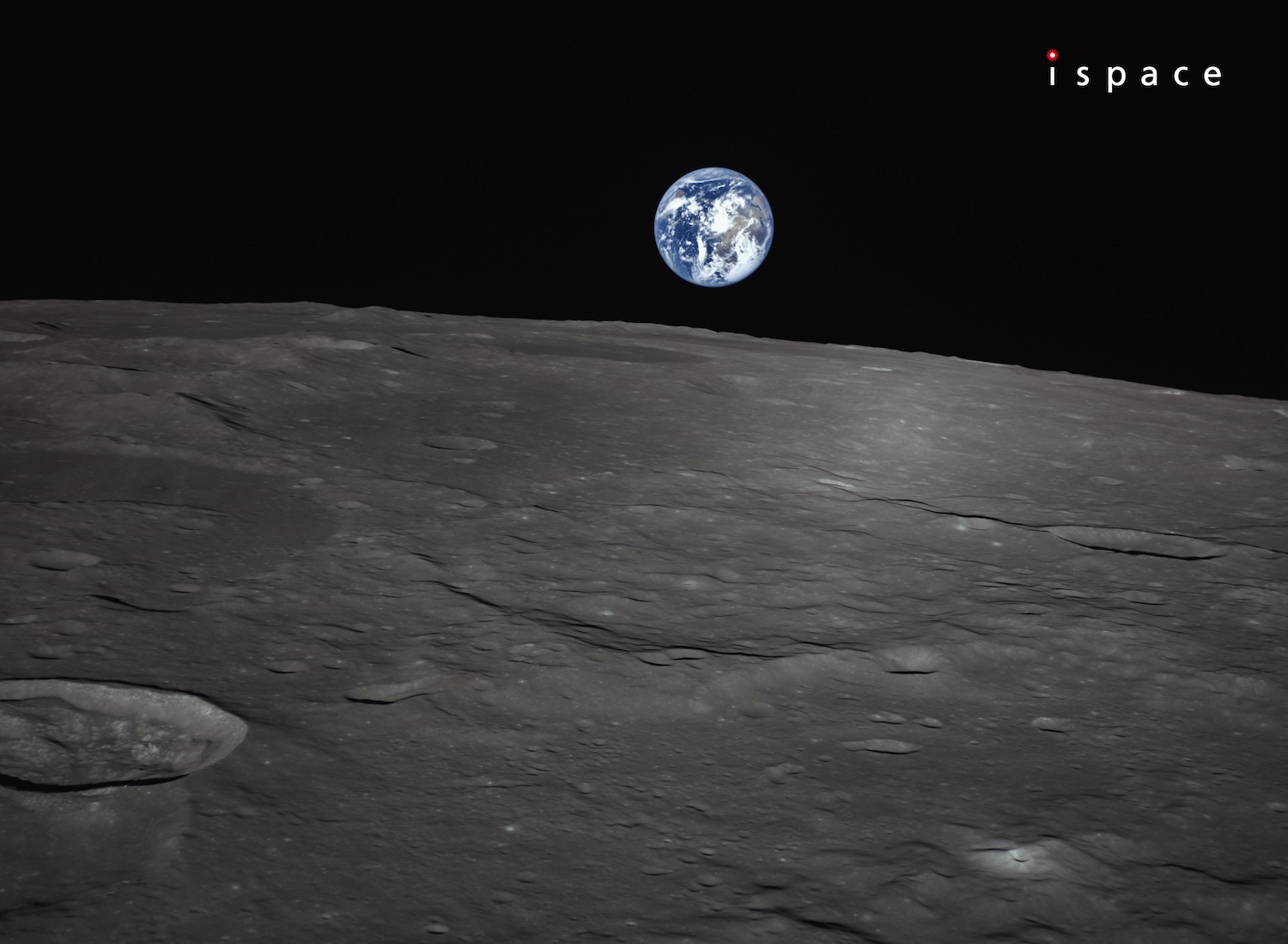
The Earth looms over the Moon’s horizon in this image from lunar orbit captured on May 27, 2025, by ispace’s Resilience lander. Credit: ispace
Commercial travel to the Moon only began in 2019, so there’s not much of a track record to judge the industry’s prospects. When NASA started signing contracts for commercial lunar missions, the then-chief of the agency’s science vision, Thomas Zurbuchen, estimated the initial landing attempts would have a 50-50 chance of success. On the whole, NASA’s experience with Intuitive Machines, Firefly, and Astrobotic isn’t too far off from Zurbuchen’s estimate, with one full success and a couple of partial successes.
The commercial track record worsens if you include private missions from ispace and Israel’s Beresheet lander.
But ispace and Hakamada haven’t given up on the dream. The company’s third mission will launch under the umbrella of the same NASA program that contracted with Intuitive Machines, Firefly, and Astrobotic. Hakamada cited the achievements of Firefly and Intuitive Machines as evidence that the commercial model for lunar missions is a valid one.
“The ones that have the landers, there are two companies I mentioned. Also, Blue Origin maybe coming up. Also, ispace is a possibility,” Hakamada said. “So, very few companies. We would like to catch up as soon as possible.”
It’s too early to know how the failure on Thursday might impact ispace’s next mission with Draper and NASA.
“I have to admit that we are behind,” said Jumpei Nozaki, director and chief financial officer at ispace. “But we do not really think we are behind from the leading group yet. It’s too early to decide that. The players in the world that can send landers to the Moon are very few, so we still have some competitive edge.”
“Honestly, there were some times I almost cried, but I need to lead this company, and I need to have a strong will to move forward, so it’s not time for me to cry,” Hakamada said.
A Japanese lander crashed on the Moon after losing track of its location Read More »
